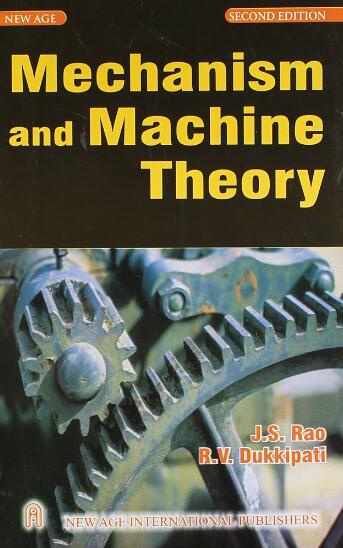有理绝对节点坐标法中圆弧元素的构造方法
IF 4.5
1区 工程技术
Q1 ENGINEERING, MECHANICAL
引用次数: 0
摘要
有理绝对节点坐标法(RANCF)元素的节点坐标和权重可通过有理贝塞尔描述获得,但这种方法在工程应用中相对繁琐。本文针对圆弧几何构型提出了一种直接定义 RANCF 元素的方法。在这种方法中,节点坐标和权重可以直接用几何构型的位置坐标来表示。利用位置坐标定义几何构型的 RANCF 元素后,在模拟开始前的预处理阶段,调整元素之间的连续性条件和应用约束方程变得更加容易。因此,不再需要使用 NURBS 表示法中的节点多重性来调整连续性条件。针对 RANCF 元素定义的任意性和多样性,提出了 RANCF 元素的参数化方法,以及 RANCF 圆弧元素的评估标准和最优参数化方法。通过数值示例比较了各种参数化 RANCF 圆弧元素的性能。结果表明,使用较少的最优参数元素就可以实现收敛。本文章由计算机程序翻译,如有差异,请以英文原文为准。
Construction method for circular arc elements in rational absolute nodal coordinate formulation
The Rational Absolute Nodal Coordinate Formulation (RANCF) element nodal coordinates and weights can be obtained through a rational Bézier description, which is relatively cumbersome for engineering applications. In this paper, a method for directly defining RANCF elements is proposed for circular arc geometric configurations. In this method the nodal coordinates and weights can be expressed directly by the position coordinates of geometric configurations. By utilizing position coordinates in defining RANCF elements for a geometric configuration, it becomes easier to adjust continuity conditions between elements and apply constraint equations during the preprocessing phase before simulation initiation. As a result, there is no longer a need to use knot multiplicity in NURBS representation to adjust continuity conditions. To address the arbitrary and diverse definitions of RANCF elements, a parameterization method for RANCF elements is proposed, along with an assessment criterion and an optimal parameterization method for RANCF circular arc elements. Numerical examples are presented to compare the performance of various parametric RANCF circular arc elements. The results demonstrate that convergence can be achieved by using fewer optimal parametric elements.
求助全文
通过发布文献求助,成功后即可免费获取论文全文。
去求助
来源期刊

Mechanism and Machine Theory
工程技术-工程:机械
CiteScore
9.90
自引率
23.10%
发文量
450
审稿时长
20 days
期刊介绍:
Mechanism and Machine Theory provides a medium of communication between engineers and scientists engaged in research and development within the fields of knowledge embraced by IFToMM, the International Federation for the Promotion of Mechanism and Machine Science, therefore affiliated with IFToMM as its official research journal.
The main topics are:
Design Theory and Methodology;
Haptics and Human-Machine-Interfaces;
Robotics, Mechatronics and Micro-Machines;
Mechanisms, Mechanical Transmissions and Machines;
Kinematics, Dynamics, and Control of Mechanical Systems;
Applications to Bioengineering and Molecular Chemistry
 求助内容:
求助内容: 应助结果提醒方式:
应助结果提醒方式:


